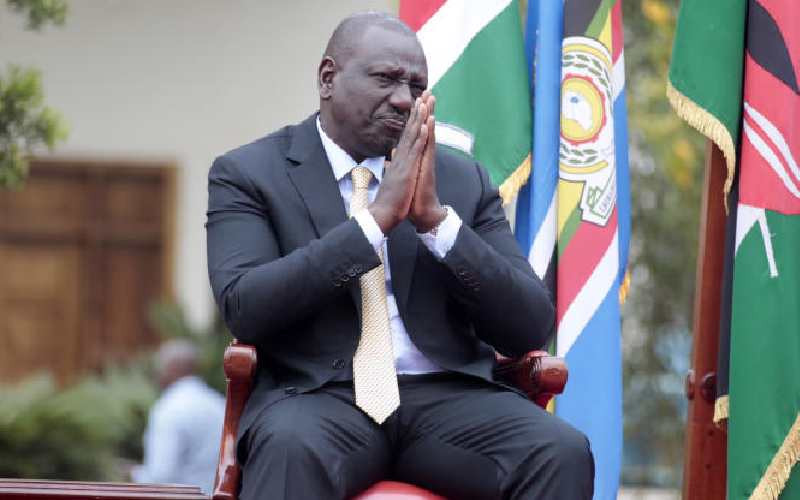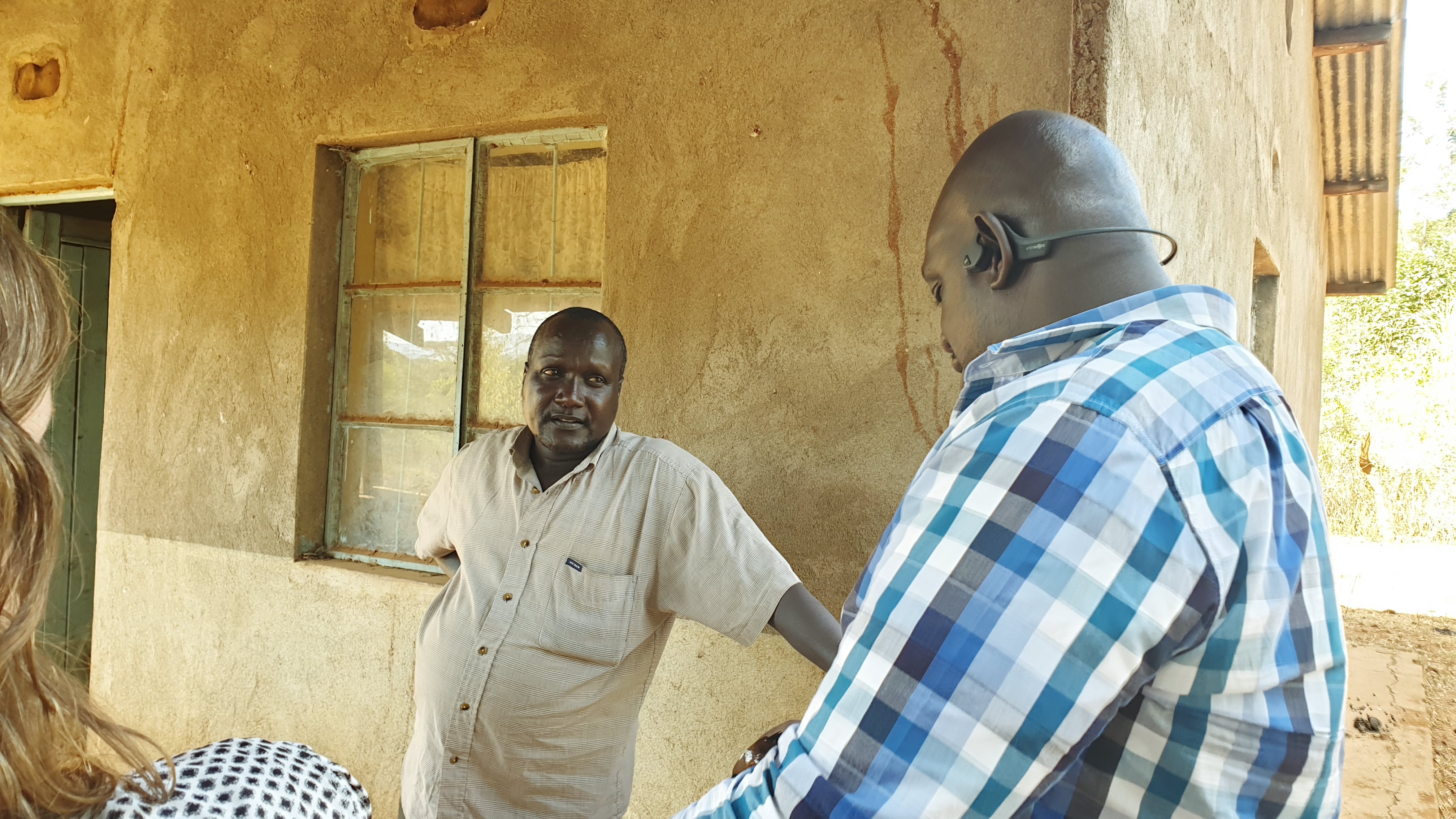The electioneering period is over and President William S Ruto has taken to his office with an encouraging start. I buy his articulated philosophy that the government must take tough measures for more sustainable prosperity. I love the idea that he wants to reorient the economy to support the bottom of the pyramid and to support the people doing “small” jobs – epitomised by the mama mboga (local grocery kiosk lady) and boda boda (motorbike taxi) riders.
Over the past two years, since I moved to Malindi, my home town, I have become intimately aware of the frightening levels of poverty that many Kenyans experience. A lot of the poverty is experienced in the mind due to decades of neglect by successive governments who have grossly under-invested in education and exposure of the people. How else can you explain a 32-year-old woman married with twelve (!) children, illiterate, has no identity documents and barely makes Kshs. 200 a day? I have writer about such stories and it is clear that the failure is a systematic one that has impacted generations.
Over time, I have developed a wishlist of the things that I hope our government can work on to stimulate our economy. So I dedicate a series of blogs listing my wishlist for rebuilding Kenya’s economy. This one is the first.

- Stimulate cottage-level production and industry
In my understanding, most people working in mama mboga kiosks and running boda bodas are doing so because they have no options. The truth is, the entrepreneurship bug bites only a tiny proportion of the population, and the rest wish they could find a job that pays them reasonably well and allows them to feel productive. I think this is why initiatives like the Youth Fund and the Women Fund have had limited success (apart from corruption). The funds were a way for people to siphon back money from the government, so they got together in groups, went for the Youth Fund and “ate” the money.
In addition to the hustler fund that will fund the absolute bottom of the pyramid, I would propose that the government provides funds for the cottage industry level business – too small for bank loans, too big for chama (group) funding. I’m talking about that businessman who wants an investment of Kshs. 1-5 Million to import a small food processing machine and cement block-making machine that would establish a small production industry employing 50 to 100 people. These will tend to be people who have already built the business from scratch and need to do more to grow. In essence, these are the large industries of the future.
In northern Kilifi for example, cottage industries around cotton, cashew nuts, leather goods, fruit trees, medicinal herbs and spices are real opportunities that can be harnessed to bring income to people in Kilifi. What do they need? Finances and technical support, especially extension services.
The advantage of supporting the cottage industries is that they will create employment and spur economic growth and businesses of this size can pay taxes more consistently as they take hold. The government should consider bundling a 3-year tax holiday on cottage industries to enable them to capitalise quickly. - Dress the landscape: aggressively improve tree cover.
President Ruto recently proclaimed Kenya’s target of growing 5 Billion trees in Kenya over the next five years. This is indeed possible. I wish the government would make this a cornerstone campaign that gets communities across Kenya to plant trees. The campaign would need to take into account the economic reasons that have driven deforestation over the last few years and provide hardcore economic incentives to regain it.
In northern Kilifi, deforestation has been driven by many factors. First, the downfall of tourism over the last 20 years has meant job losses and loss of income for many families. The economic activity that many of the families saw was cutting trees for charcoal. It is common to see bicycles and motorbikes laden with sacks of charcoal from Marafa, Dakacha, Chakama, Adu and Surrounding areas to Malindi for sale. As the years went by, villagers ventured further and further into the woodlands in search of trees for charcoal.
I suggest that the government develop a programme through the chiefs to get them to dig small basins that trap water in villages – especially those that border rivers and lakes- and pay the community members who work on this project the same way they did the Kazi Kwa Vijana project. I propose that the government conduct an aggressive marketing campaign telling people to plant trees in their compounds. Just asking them to plant fruit trees would change the landscape significantly. The campaign should simplify the arguments for planting trees and draw a line between trees and rainfall.
I propose a scheme designed to give money or free seeds and fertiliser to every farmer who plants ten trees on every acre of land they have. Let the Kenya Agricultural and Livestock Research Organisation (KALRO) and the Kenya Forestry Service be resourced and held accountable for the provision and supporting communities to plant trees. They would give seeds and seedlings to communities, go out to villages and train them to plant and drive the campaign on the ground. This is a real opportunity to rejuvenate the missions of these two government organisations that are a shadow of their old selves for lack of budget.
A clear demonstration of President Ruto’s success would be before-and-after images of erstwhile dry, dusty towns like Garashi becoming cool, green villages. With Fruit trees, this is possible in 5 years. Of course, the country needs indigenous trees. Still, a more attractive proposition for Kenyans would be to encourage trees that would give them some real benefit and fruit and nut trees provide that opportunity. If we tied the increased production of fruits and nuts to the cottage industries, we would start to see opportunities for Kenya’s prosperity. - Help Kenyans export and expand into Africa
I submit that aligned to these two measures, the president’s agenda would be met quite well if our cottage industries had access to African markets – especially within the East African community. The measures that I suggest the government might pursue, include the following:
- Solve the movement of people and goods problem. I suggest that Kenya aggressively pursue bilateral agreements between Kenya and other like-minded countries that achieve a one-sky policy between the countries – meaning that the countries agree to establish measures and regulations that make flying to each other’s airports a domestic flight. Imagine if flying from Nairobi to Accra was a domestic flight. Instead of paying around USD 1000 return, a flight might come down to USD 500 return. Considering that we have no visa restrictions between our two nations, travel between the countries would be accelerated and we would start to see relationships built between our peoples, which would naturally drive trade.
- Kenya should negotiate bilateral trade agreements between us and other African countries to enable us to export to those countries more. This would strengthen our export market position and spur production because people can see markets for processed goods from Kenya.
I think these three tasks would drive the economy and provide Kenya with relative quick wins – over the next five years.




